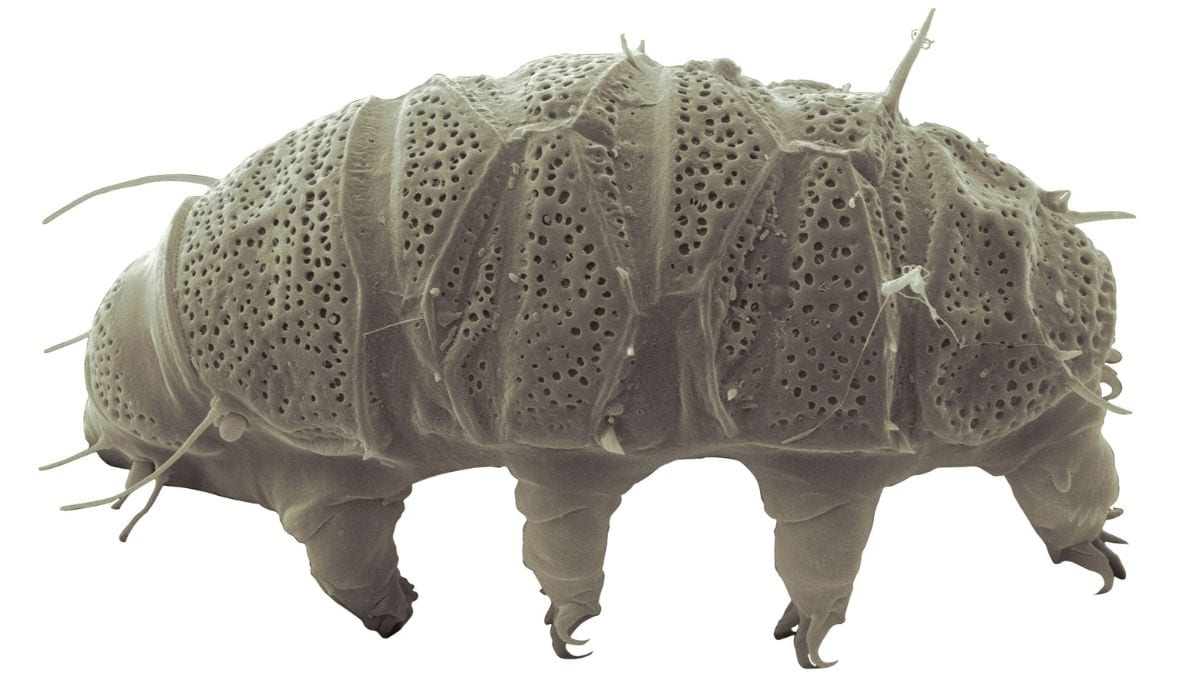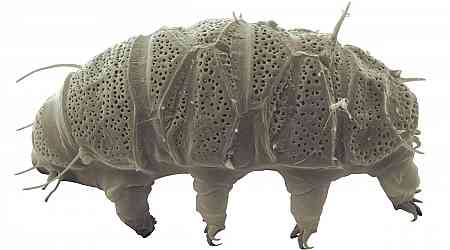A team of Chinese biologists has discovered how a new tardigrade species, Hypsibius henanensis, that can survive extreme radiation exposure. The research highlights the unique mechanisms within this recently identified tardigrade from Henan Province. Known for their resilience in extreme conditions, tardigrades are able to endure environments that would prove fatal for most other organisms—even the harsh vacuum of space.
For this study, researchers examined H. henanensis over six years to understand its unique radiation resistance. After sequencing its genome, they identified 14,701 genes, with nearly 30 percent specific to tardigrades. To investigate its response to radiation, they exposed its DNA to varying doses of gamma radiation, from low to high levels.
Key Factors in Radiation Resistance
The researchers found that approximately 2,801 of H. henanensis's genes are involved in DNA repair. They identified three main factors contributing to this tardigrade's ability to survive high radiation:
Gamma radiation damages DNA by knocking out electrons from their atoms, ionising the DNA and sometimes causing strand breaks. H. henanensis is able to efficiently repair such damage using a protein called TRID1, which is unique to tardigrades. This rapid repair mechanism prevents lasting damage and promotes cell survival.
Activation of Mitochondrial Proteins for Enhanced DNA Repair
During radiation exposure, a particular gene in H. henanensis switches on. This triggers the production of two proteins that normally help synthesise ATP in the mitochondria. In tardigrades, these proteins also appear essential for DNA repair, supporting the cells against radiation-induced damage.
The tardigrade produces numerous antioxidant proteins that neutralise free radicals—unstable molecules created by radiation that can further harm cells. By producing these antioxidants, H. henanensis minimises potential cellular damage.
The study's findings expand our understanding of molecular resilience and could inform future advancements in radiation protection and DNA repair therapies.
































